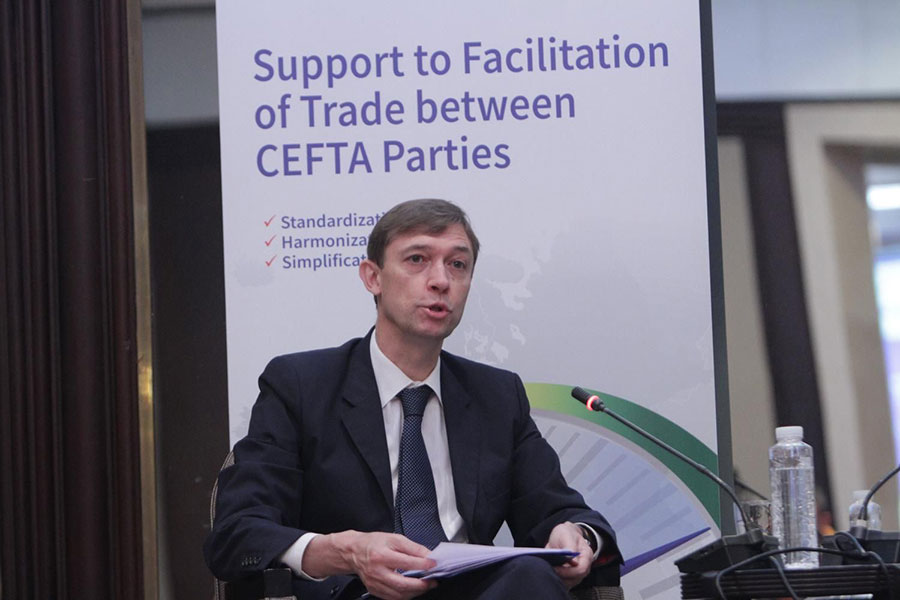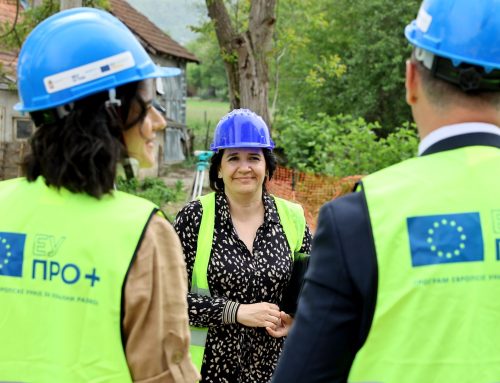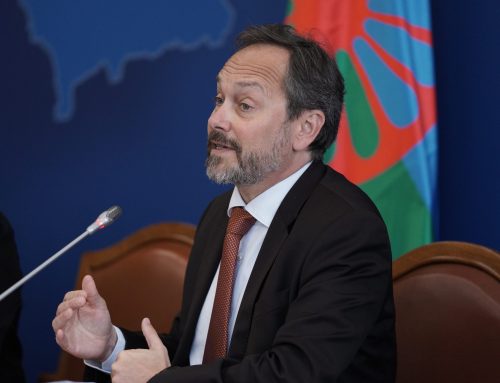As stated at the project launch, the EU-funded project “Support for trade facilitation in CEFTA region,“ worth EUR3 million, will over the course of next three years work to strengthen trade relations among CEFTA members with a goal of enhancing their economic integration on their respective EU paths.
The main goal is to enhance trade relations and deepen economic integration among CEFTA (Central European Free Trade Agreement) members. The project is supported by the Ministry of Economic Cooperation and Development of the Federal Republic of Germany and implemented by German Society for International Cooperation (GIZ) and the International Trade Centre in close cooperation with CEFTA structures. It is scheduled to run until December 2019.
Acting Head of the EU Delegation to Serbia Oskar Benedikt said that “the project shows EU’s commitment to support economic integration among the six countries of the Western Balkans and is a good exercise for their further integration into the EU single market.“
He reminded that the WB6 leaders were pushing for stronger economic integration in the region and that the European Commission supported those efforts in line with its principles.

FoNet
Benedikt said that “it is time the governments of the WB countries committed themselves to economic integration for the sake of free single market of goods, services, capital and professional work force within the region.”
“This is not our project, it’s Serbia’s. We support these activities as a partner in building stronger cooperation among the countries in the region, appreciating the efforts made jointly by the EU and the countries of the Western Balkans,” the Secretary and Head of the Economic Cooperation Department of the Embassy of Germany Jurgen Schmidt said.
Assistant Minister of Trade, Tourism and Telecommunications of Serbia Bojana Todorovic said that the Protocol on Trade Facilitation within CEFTA was expected to contribute to trade facilitation, especially when it comes to border crossings and reducing waiting times.
The Protocol aims at aligning the documentation for customs formalities, such as various veterinarian, pharmaceutical or phytosanitary certificates, and simplifying procedures in order to achieve faster traffic flow on borders, Todorovic said.
According to her, entering of such an agreement into force will allow the goods to flow faster across the borders and will align working hours of customs posts.
The project “Support for trade facilitation in CEFTA region“ will provide support to all CEFTA structures in an effort to meet obligations stated in the CEFTA Protocol 5 which defines the framework for removal of trade barriers among the CEFTA signatories. Another goal is to additionally facilitate the trade between CEFTA countries by reducing or even eliminating non-customs barriers to trading for two selected supply chains through simplification and facilitation of trade procedures. The project will apply an innovative approach to identify trade barriers (bottom-up approach) in close cooperation with private sector.




